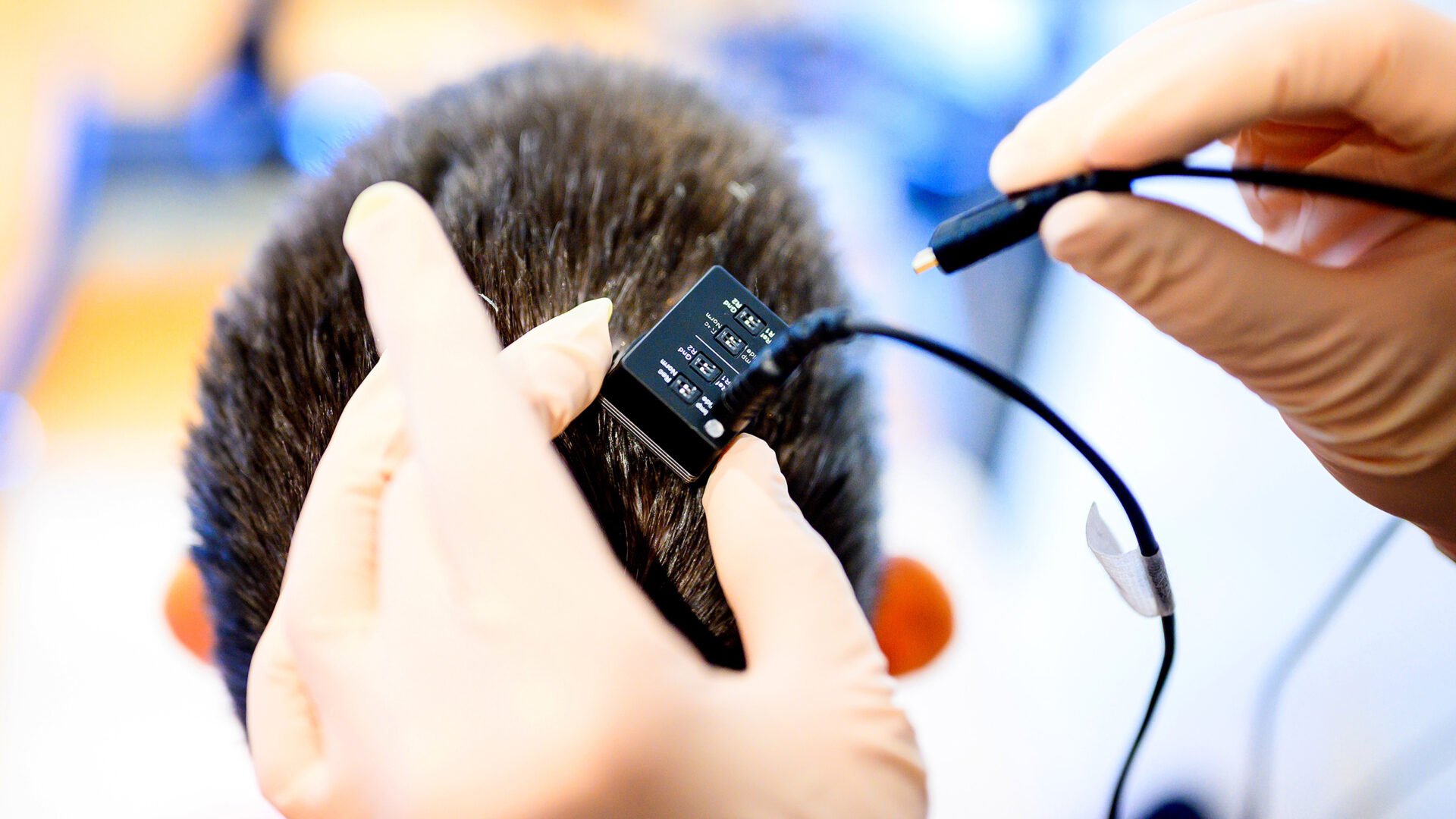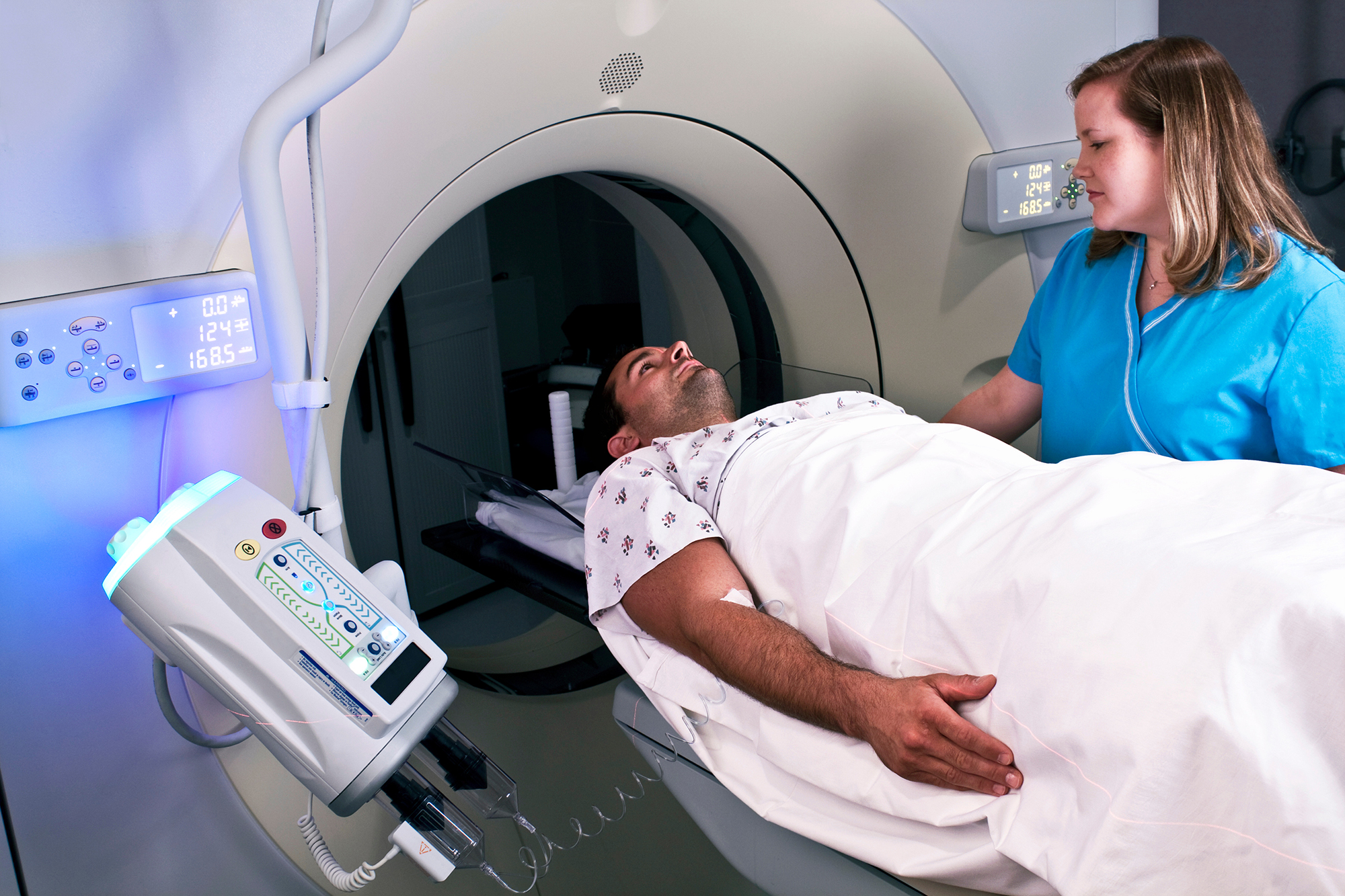The Ultimate Guide to Choosing the Best Running Shoes

When it comes to running, many enthusiasts will tell you that a good pair of shoes is essential. While running is often lauded as one of the most accessible forms of exerciserequiring just a good pair of shoesmany seasoned runners emphasize the importance of quality footwear. The right running shoes can facilitate physical and mental breakthroughs, while poor choices can lead to injuries that last for weeks, months, or even years.
As a passionate runner myself, I have engaged in this sport since my high school days in the late 1990s. For nearly a decade, I was loyal to Asics shoes. However, with the advent of innovative technologies and unique designs from various brands, I found myself curious about other options. Runners typically need to replace their shoes every few hundred miles, and experts often suggest rotating between different types to enhance performance and reduce injury risk.
Switching back and forth between pairs extends the life of the shoes, explains Ashley Arnold, head of brand marketing at Fleet Feet, a popular running shoe retailer. It also helps to change up the pressure points of where you land and aids in creating a more balanced, injury-resistant running form.
Throughout my running journey, I have completed half marathons in shoes from Asics, Nike, Adidas, and On. While training for my first full marathon in two decades, I expanded my collection to include Altras, ultimately completing the race in Hokas that had helped me recover from minor foot pain. Although these shoes worked well for me, its important to remember that each runner has unique needs and preferences. When searching for the best running shoes, consider your foot shape, gait, and specific running requirements.
To assist in narrowing down your options, I consulted with industry experts including Arnold, running Instagram influencer Hollie Sick, ultramarathon champion Kate Olson, and podiatrist Priya Parthasarathy. Collectively, they bring decades of experience in personally testing and recommending various running shoes.
Heres a comprehensive guide to the best running shoes tailored for different types of runners, alongside additional shopping tips.
Best Everyday Trainer: New Balance Fresh Foam X 880v15
Why we like it: Hollie Sick, who reviews running shoes under the name FueledbyLolz, highlighted the New Balance 880 as one of the best-selling options during her time working at a running specialty store. Known for its stability and neutral support, the New Balance Fresh Foam X is an ideal everyday trainer that excels across various distances. The shoe features a midsole designed for extra cushioning without sacrificing firmness, providing both comfort and responsiveness.
Reviewers appreciate the spacious toe box, soft soles, good arch support, and padded heel cup. While it comes in neutral tones, more adventurous runners can opt for brighter colors like yellow or blue.
Keep in mind: As everyday trainers, these shoes may not be specialized for specific activities, so runners looking to hit the trails or focus on speed training might want to consider dedicated options.
Product details: Weight: 8.4 oz. (womens); 10.7 oz. (mens) | Heel-to-toe drop: 6 mm | Materials: Synthetic, including a mesh upper and Fresh Foam X midsole with approximately 3% bio-based content | Cushion: Soft | Support: Neutral | Sizes: 5-12 (womens); 7-16 (mens) | Widths: Narrow, standard, wide, extra wide.
Best Racing Shoes: Asics Metaspeed Edge Paris
Why we like it: The Asics Metaspeed Edge Paris is the latest addition to the Metaspeed Edge series, continuing the brands longstanding tradition of naming racing shoes after Olympic host cities. Designed for speed, these shoes come in vibrant colors and are particularly suitable for runners looking for high cadence and short-stride performance.
According to Sick, these lightweight, carbon-plated shoes enhance propulsion while reducing oxygen consumption, allowing runners to achieve faster speeds with less effort. With a responsive foam midsole and rocker geometry for a lively ride, the Metaspeed Edge Paris is a standout choice for racing.
Keep in mind: While excellent for races, these shoes are not recommended for recovery runs, as they may feel harsh and have a shorter lifespan compared to non-carbon-plated options.
Product details: Weight: 6.5 oz. (unisex) | Heel-to-toe drop: 5 mm | Materials: Motion Wrap 2.0 upper, FF Turbo Plus cushioning, AsicGrip outsole rubber, carbon plate | Cushion: Regular | Support: Neutral | Sizes: 5-14.5 (womens); 3.5-13 (mens) | Width: Standard.
Best Shoes for Trail Running: Hoka Tecton X 3
Why we like it: The Hoka Tecton X 3 is a carbon-plated trail shoe equipped with winglets on the carbon plates for added stability. Its unique design includes a gaiter-like extended knit collar to keep debris out.
With deeper, chevron-style lugs on the outsole, this shoe provides excellent grip on muddy trails and sandy descents. Sick noted her positive experience after running 18 miles in desert terrain, claiming the shoe felt great throughout the run and aided in her quick recovery the following day.
Keep in mind: These shoes are on the pricier side, making them potentially excessive for casual trail runners. Some users also find the higher stack height a downside, as it may hinder ground feel.
Product details: Weight: 7.9 oz. (womens); 10 oz. (mens) | Heel-to-toe drop: 5 mm | Materials: Extended knit collar, Matryx textile upper, PEBA midsole, carbon fiber plates, and Vibram Megagrip Litebase outsole with traction lugs | Cushion: Responsive | Stability: Neutral | Sizes: 5 to 11 (womens); 7 to 14 (mens) | Width: Standard.
Best Marathon Shoes: Asics Superblast 2
Why we like it: The Asics Superblast 2 is designed for marathon training, combining a lightweight build with maximum cushioning. This shoe features dual foam types that deliver effective cushioning while maintaining energy return.
Reviewers have noted its versatility; it works well as a daily trainer while also being responsive enough for speed workouts. Available in unisex colors ranging from neutral to vibrant hues, runners have options to suit their style.
Keep in mind: The Superblast is not equipped with a carbon plate, which may lead some runners to prefer a shoe that offers more propulsion.
Product details: Weight: 8.8 oz. | Heel-to-toe drop: 8 mm | Materials: Engineered mesh upper, FF Turbo Plus and FF Blast technologies, Aharplus heel plug rubber, reflective details, trampoline-inspired outsole design | Cushion: Maximum | Support: Neutral | Sizes: 5-14.5 (womens); 3.5-13 (mens).
Best Ultramarathon Shoes: Merrell MTL Skyfire 2
Why we like it: The Merrell MTL Skyfire 2 is highly regarded among ultramarathon runners, providing lightweight construction, excellent grip on various terrains, and breathability to combat overheating. Recognized for innovation, it features a carbon plate sandwiched between the FloatPro foam midsole and Vibram MegaGrip outsole.
Kate Olson, a multiple ultramarathon champion, calls this her ideal trail shoe, stating that it offers a minimalist design while ensuring durability and performance.
Keep in mind: While minimalist shoes may be appealing to experienced runners, beginners might benefit more from options that provide additional cushioning.
Product details: Weight: 5.8 oz. (womens); 6.9 oz. (mens) | Heel-to-toe drop: 6 mm | Lug: 5 mm | Materials: FloatPro foam midsole, FlexPlate carbon plate, Vibram MegaGrip outsole, breathable engineered mesh, and recycled materials | Stack height: 25-19 mm | Sizes: 5-11 (womens); 7-15 (mens).
Best Running Shoes for Flat Feet: Mount to Coast P1
Why we love them: Founded by designers from Asics, Brooks, and Nike in 2024, Mount to Coast focuses on long-distance running shoes. Parthasarathy recommends the Mount to Coast P1 for individuals with flat feet, as it features 3D Archrail technology and a midfoot support cage to help reduce excessive foot movement.
These shoes are designed for ultra-long-distance running but are also appreciated for casual wear and travel. Reviewers praise their lightweight design, cushioning, and durability.
Keep in mind: The P1 is available only in subdued colors like white, black, and gray, which may not appeal to those who prefer more colorful designs.
Product details: Weight: 9.9 oz. | Heel-to-toe drop: 10 mm | Materials: 3D Archrail support, LightCell foam, dual-zone insole, circular knit upper | Cushion: Balanced to plush | Stability: Stable | Sizes: 5-11 (womens); 7-14 (mens).
Best Running Shoes for High Arches: Hoka Skyflow
Why we like it: The Hoka Skyflow is designed with an Early-Stage MetaRocker, which facilitates a smooth transition from heel to forefoot. This shoe is particularly favored by those with high arches due to its extra cushioning and support.
Skyflow shoes feature a soft midsole made of Hokas super-critical EVA foam and a flexible outsole with strategic cutouts for natural movement. Its wider toe box also serves the needs of high-arched runners.
Keep in mind: While the cushioning is appreciated, some runners may find the shoe heavier and less responsive, which might not suit those who prefer a firmer feel during races.
Product details: Weight: 8.6 oz. (womens); 10 oz. (mens) | Heel-to-toe drop: 5 mm | Materials: Sleek collar construction, creel jacquard upper, dual-gusseted tongue, reflective details, SCF EVA midsole, and durable outsole | Cushion: Balanced | Stability: Neutral | Sizes: 5-12 (womens); 7-16 (mens) | Width: Regular and wide.
Best Running Shoes for Wide Feet: Altra Torin 8
Why we like it: Altra shoes are renowned for their wider toe boxes and zero heel-to-toe drop. The Altra Torin 8 is among their most cushioned zero-drop options, allowing toes to splay naturally while still providing protection and support.
Users appreciate the plush midsole and breathable mesh upper, which helps keep feet cool during runs.
Keep in mind: While zero-drop shoes promote natural foot positioning, they may not be suitable for runners with tight calves or those needing added arch support.
Product details: Weight: 8.4 oz. (womens); 10.15 oz. (mens) | Heel-to-toe drop: 0 mm | Stack height: 30 mm | Materials: Jacquard mesh upper, Altra Ego Max midsole, and rubber outsole | Cushion: High | Support: Neutral | Sizes: 5.5-12 (womens); 7-15 (mens) | Width: Regular and wide.
Best Running Shoes for Supination: Brooks Ghost 16
Why we like it: The Brooks Ghosts have earned a reputation for their versatility and popularity among runners. Sick mentions that its a favorite among enthusiasts who often recommend it to friends. The flexible toe box and neutral cushioning make it suitable for various foot arches.
Parthasarathy endorses the Ghost model for runners who supinate, as the added cushioning can mitigate shock and reduce the risk of injuries commonly associated with this foot motion.
Keep in mind: The Ghost may not be the best fit for flat-footed runners who require more arch support, and its heel-to-toe drop might not be ideal for individuals with tight Achilles tendons.
Product details: Weight: 9 oz. (womens); 9.5 oz. (mens) | Heel-to-toe drop: 12 mm | Materials: DNA Loft v3 cushioning, soft midsole, segmented crash pad, engineered air mesh upper | Cushion: Moderate | Support: Neutral | Sizes: 5-13 (womens); 7-15 (mens) | Width: Narrow, medium, wide, and extra wide.
Best Running Shoes for Overpronation: Hoka Arahi 7
Why we like it: The Hoka Arahi 7s are designed specifically as a stability shoe, providing extra support for those who overpronate. Its J-Frame technology runs along the inner part of the shoe, helping to mitigate excessive inward rolling.
Reviewers appreciate the lightweight feel compared to other stability shoes, making it a more attractive option for runners.
Keep in mind: While lightweight, the Arahi 7 may still feel bulky for those who prefer a sleek, speedy ride.
Product details: Weight: 8.1 oz. (womens); 9.9 oz. (mens) | Heel-to-toe drop: 5 mm | Materials: Supportive flat-knit upper, dual gusset J-Frame midsole support, EVA midsole, and Durabrasion rubber | Cushion: Balanced | Stability: Stable | Sizes: 5-12 (womens); 7-15 (mens) | Width: Regular and wide.
Best Running Shoes for Knee Pain: Brooks Glycerin 22
Why we like it: The Brooks Glycerin 22 is a best-seller that offers more cushion than the Brooks Ghost, utilizing nitrogen-infused DNA Tuned foams to absorb impact and reduce stress on the knees.
The shoe has a segmented crash pad designed to provide a smooth heel-to-toe transition, minimizing jerky movements that can exacerbate knee discomfort.
Keep in mind: Runners seeking lighter shoes for speed may find the Glycerin too bulky for their preference.
Product details: Weight: 9.1 oz. (womens); 10.2 oz. (mens) | Heel-to-toe drop: 10 mm | Materials: Jacquard knit upper, nitrogen-infused DNA Tuned cushioning in the midsole | Support: Neutral | Sizes: 5-12 (womens); 7-15 (mens) | Width: Medium, wide, and extra wide.
Best Running Shoes to Prevent Plantar Fasciitis: Hoka Bondi 9
Why we like it: The Hoka Bondi 9 is celebrated for its maximum cushioning and is widely used by healthcare professionals who stand for extended periods. Its durable construction and shock-absorbing properties make it an excellent choice for those suffering from plantar fasciitis.
Parthasarathy recommends the Bondi for its cradling support that molds to individual foot shapes, providing essential comfort.
Keep in mind: Critics argue that the Bondi can feel excessively soft, leading to a sensation of sinking into the cushioning. This bulkier shoe is more suited to long-distance running than speed work.
Product details: Weight: 9.3 oz. (womens); 10.5 oz. (mens) | Heel-to-toe drop: 5 mm | Materials: 3D molded collar, super critically foamed EVA, engineered mesh with 55% recycled content | Cushion: Plush | Stability: Neutral | Sizes: 4-12 (womens); 7-16 (mens) | Width: Regular, wide, and extra wide.
Best Running Shoes to Prevent Shin Splints: Saucony Ride 18
Why we like it: Shin splints often arise from overuse and stress on the shin muscles. To help mitigate these issues, Parthasarathy recommends running shoes that offer structured, supportive cushioning, with the Saucony Ride standing out as a lightweight neutral option.
These shoes have become lighter and more comfortable since their introduction, providing essential performance features that enhance the overall running experience.
Keep in mind: Runners needing maximum cushioning or additional stability may find the Saucony Rides lacking in those areas.
Product details: Weight: 8 oz. (womens); 9.1 oz. (mens) | Heel-to-toe drop: 8 mm | Materials: Pwrrun+ foam, breathable upper, enhanced rubber sole | Cushion: Medium | Support: Neutral | Sizes: 5-12 (womens); 7-15 (mens) | Width: Regular and wide.
Best Running Shoes for Mortons Neuroma: Topo Athletic Atmos
Why we like it: The Topo Athletic Atmos features a wide toe box, making it an ideal choice for runners experiencing Mortons neuroma, which is characterized by nerve pain between the toes. The spacious design allows toes to spread, reducing pressure on the forefoot and preventing nerve-related issues.
Reviewers praise these shoes for their durability and versatility, allowing smooth transitions from road to light trail running.
Keep in mind: The Topo shoes are functional but may not suit runners looking for a softer, cushioned experience.
Product details: Weight: 8.4 oz. (womens); 10.2 oz. (mens) | Heel-to-toe drop: 0 mm | Stack height: 30 mm | Materials: Altra Ego Max midsole foam, mesh upper, molded heel collar | Cushion: High | Support: Neutral | Sizes: 5.5-12 (womens); 7-15 (mens) | Width: Standard and wide.
Most Stylish Running Shoes: On Cloud Monster 2
Why we like it: The On Cloud Monster 2, known for its CloudTec cushioning, provides a soft landing and an energetic feel thanks to its Speedboard plate. While heavier than traditional running shoes, the unique design allows for a buoyant experience.
Its minimalist style captures attention, with a design resembling jagged monster teeth that sparks intrigue among runners. Arnold shared her surprising enthusiasm regarding the shoes performance, stating she enjoys both running in them and wearing them casually.
Keep in mind: Some users have reported that the cushioning pods may lose their integrity quicker than those found in other running shoes.
Product details: Weight: 8.8 oz. (womens); 10.58 oz. (mens) | Heel-to-toe drop: 6 mm | Materials: Polyester and recycled polyester, nylon-blend Speedboard plate, CloudTec cushioning | Cushion: Maximum | Sizes: 5-11 (womens); 7-14 (mens) | Width: Standard.
How I Chose the Best Running Shoes
- Third-party reviews: I thoroughly examined customer reviews, expert opinions, and product comparisons to identify top-performing shoes.
- Expert insights: Interviews with running influencers, industry professionals, and podiatrists helped shape my recommendations.
- Informal polling: Conversations with fellow runners, local running club leaders, and retail associates provided valuable input on popular choices.
- APMA seals: The American Podiatric Medical Associations Seal of Acceptance and Seal of Approval were factored into my analysis, as these stamps signify good foot health.
Tips for Buying Running Shoes
As highlighted in a study published by The Journal of Foot & Ankle Research, around two-thirds of individuals wear ill-fitting sneakers. When shopping for running shoes, its advisable to visit a physical store where associates can measure your feet accurately. Keep in mind that your foot size can change over time.
Some individuals may have a neutral foot shape and running gait, making it easier to select suitable shoes. Others might benefit from a 3D foot scan or consultation with a podiatrist for personalized recommendations.
Trial and error is essential in discovering the right shoes for your feet. Here are some basic elements to consider:
Foot Shape
Understanding your foot shape is crucial, particularly regarding arch height. If you have flat feet, you should seek shoes with ample support, while high arches may require cushioned options. An expert can help identify your foot's characteristics.
Gait
Your running gait reveals how your body moves. If you pronate (feet rolling inward), a stability shoe like the Hoka Arahi 7 may be beneficial. Conversely, if you supinate (feet rolling outward), consider a shoe like the Brooks Ghost 16. Knowing your gait helps ensure both comfort and injury prevention.
Terrain
Running shoes are categorized as either road or trail running shoes. Road shoes are best for pavement, treadmills, and tracks, while trail shoes, such as the Hoka Tecton X 3, provide grippy outsoles for navigating rocky and soft surfaces.
Activity
Consider the types of runs youll be doing: easy jogs, sprints, or long-distance races? Some shoes, like the Asics Metaspeed Edge Paris, are designed for speed, while others may serve various running styles.
Comfort
Generally, running shoes should feel comfortable right out of the box, negating the need for a breaking-in period. If discomfort arises after a quick test run, its best to explore different models.
Fit
Ensure you have a thumbs width of space between your longest toe and the shoes end. Your toes should have room to spread naturally, but the heel shouldnt slip while running.
Frequently Asked Questions
Which brand is best for running shoes?
While popularity isnt always indicative of quality, runners tend to repurchase the brands that meet their needs. According to the 2024 National Shoe Brand Trends report, popular brands in North America include Nike, Brooks, Saucony, Asics, and Hoka.
Should you go up or down a size in running shoes?
Experts suggest sizing up in running shoes, particularly for long distances, as feet swell during runs. This helps avoid discomfort and injuries such as blisters and bruised toenails.
How can you take care of your running shoes?
Post-run, store your shoes in a dry, climate-controlled area, and ensure to clean off mud to maintain their integrity. Also, be mindful of running surfaces; using trail shoes on pavement can accelerate wear.
When is it time to get a new pair of running shoes?
Typically, running shoes should be replaced after 300-500 miles. Signs include worn-out treads, loss of responsiveness, or post-run aches that werent previously felt. Experts recommend rotating between multiple pairs to prolong their lifespan.
Ada Tseng has been running since high school cross country and track, focusing on the mile and two-mile. She co-authored Los Angeles Times guides covering various topics and hosts the Saturday School podcast. For more running insights, follow her on Instagram.




















